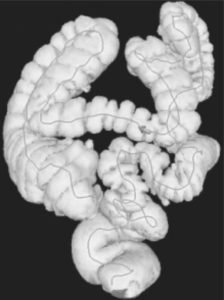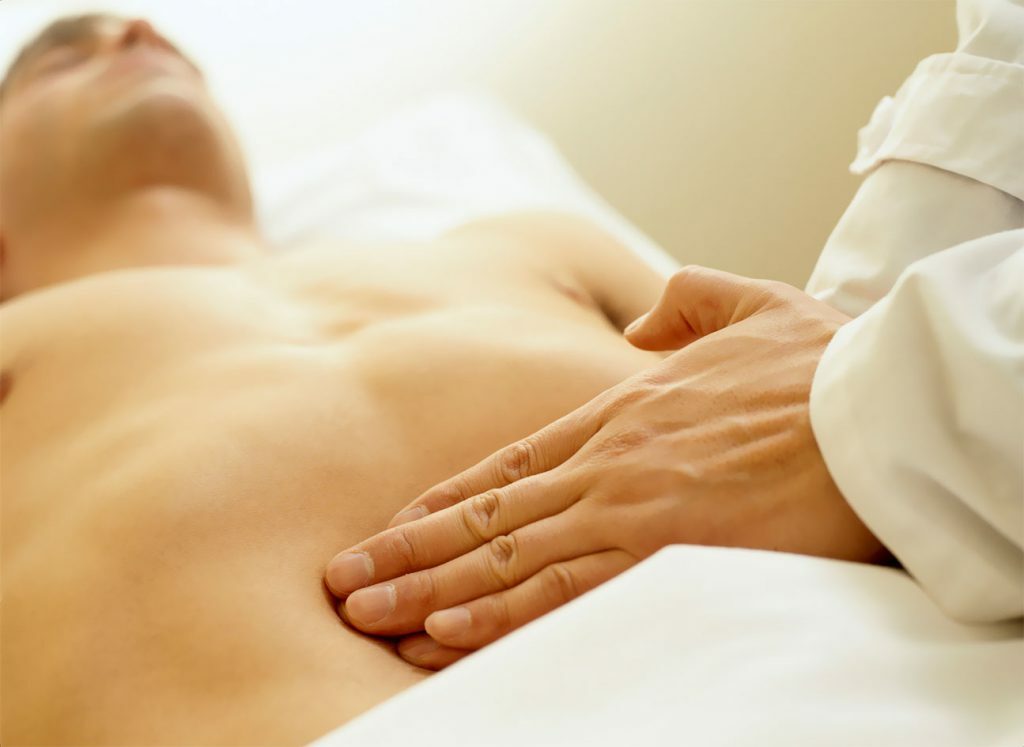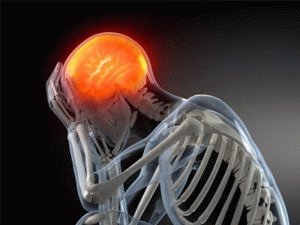Duodenal dyskinesia: causes, symptoms, diagnosis and treatment of the disease
Dyskinesia of the duodenum is a violation of the contractile or evacuation functions of the 12-colon, the time spent on the processed food is lengthened or reduced. Most often, the syndrome is found with damage to the central, autonomic nervous system, endocrinological failures, a disease associated with parasites, in patients who have undergone gastric surgery. Diseases occur with disorders of the duodenum and adjacent organs, being a symptom.
Doctors emphasize duodenal stasis - a type of evacuation disorders. At first, its appearance was associated with congenital barrier reasons or acquired character:
- tumor;
- adhesions;
- arteriomesenteric compression;
- pathology of the duodenum, adjacent organs.
Duodenostasis is rare.
An unambiguous reason for the occurrence of evacuation defects is a violation of the motor functionalities of the duodenum, associated with a change in regulation against the background of pathology of organs located nearby, impaired nerve conduction, with diseases of the central nervous system.

Evacuation defects
Content
- 1 Causes of the disease
- 2 Symptoms of the disease
- 3 Diagnostics
- 4 Treatment
Causes of the disease
Pathologies of the patency of the duodenum are due to the penetration of gallstones, compression of the superior mesenteric artery, aneurysm of the abdominal aorta. There are less common mechanical causes. These are congenital or acquired abnormalities.
Primary causes of the disease:
- Damaged nervous system. Depression, chronic fatigue, severe headaches, drowsiness, severe irritability.
- Abnormalities in the work of the endocrine glands. Disorders cause malnutrition, abnormal functioning of the central nervous system, circulatory disorders in the glands, tumors, congenital malformation of the glands.
- Various undergone operations on the stomach.
- Diseases caused by parasites.
- Acute infectious intestinal diseases - stomach lymphoma, gastric adenocarcinoma, ulcerative colitis, chronic gastritis, duodenum.
- Genetic reasons. Parents and relatives suffer from the disease.
- Gynecological diseases of women.
- Sedentary lifestyle.
- Various disorders arise from hormonal imbalances.

Symptoms of the disease
Severe acute symptoms appear in the stage of exacerbation of the disease. A person complains of acute abdominal pain that appears after eating. Acute intestinal blockage develops rapidly, accompanied by severe pain in the upper abdomen, in the navel area, constant vomiting, and bloating.
Depending on the exacerbation of the disease, the symptoms are different. It is associated with the duration of the disease, the presence of defects in neighboring organs, pathologies in the mucous membrane of the duodenum. Dyskinesia is characterized by periods of exacerbation, calmness - differ in the course and the presence of different symptoms.
The period of exacerbation is accompanied by three symptoms - acute pain, frequent nausea, vomiting. The dominant symptom is pain. Pain syndrome is not associated with food intake. The pains do not have a clear place. They are felt on the right under the ribs or in the area under the spoon. The intensity of pain is often increasing. The appearance of pain is influenced by two factors: stretching of the 12-colon with contents, peristalsis.
The reflex spasm of the gatekeeper contributes - often, prolonged nausea, which is extremely unpleasant. Vomiting occurs several times a day, often after eating, regardless of food. Affected people feel bitter after vomiting due to the presence of bile. After vomiting the stomach, there is a short-term relief.

In addition to the three main symptoms, a worsening of apatitis, constipation, and significant weight loss were noted. Signs of intoxication are highlighted: fever, impotence, sleep disturbance, irascibility, pain in the muscles of the legs.
Diagnostics
The doctor, relying on the patient's anamnesis, directs to the delivery of tests and diagnostics. He is able to determine an accurate, correct diagnosis and prescribe a treatment course only when he receives the results.
To diagnose a disorder, the patient's abdomen is examined. Often a distended abdomen at the top. The pain is localized at the top on the right side, sometimes it is possible to determine the "splash noise" - a phenomenon when both liquid and gases are in the cavity at the same time.
X-ray analysis is also used. Indicators of the disease are:
- The barium suspension is retained for more than 40 seconds.
- In the place of contrast, the enlarged intestine.
- A spasm in one segment is combined with an increase in another.
- The contents are thrown into the proximal sections.
The disease can be accompanied by a clinical sign characteristic of acute diseases of the intestinal tract - severe pain.

Signs of duodenostasis, both clinical and peripheral, are often associated with other pathologies of the digestive tract, such as gallstone ileus, chronic duodenitis, cholecystitis, pancreatitis, as well as a peripheral sign - tumors. In such cases, it is difficult to diagnose a violation of the patency of the duodenum.
To assess the amount of mass in the organ, a comprehensive diagnosis is carried out, which combines intraduodenal pH-graphy and balloonokymography. Often, the patient is referred for electromyographic diagnostics. The balloon-kymographic diagnostic method is also used, but very rarely.
Patients also undergo blood, urine and feces tests, the results of which will complement the already available data on abnormalities in the human body.
Treatment
When the doctor suspects an acute blockage of the duodenum, the patient is urgently hospitalized, and the surgeon conducts an examination.
When anomalies of the functions of the 12-colon are detected, complex treatment is used, which is assigned individually to each patient. The main goal is to eliminate the acute disease and restore the normal functionality of the organ.
Doctors prescribe a special diet, which involves eating in small doses up to five times throughout the day. The diet includes foods that are easily digestible, with various vitamins and microelements useful for the body. Foods containing fiber are not recommended. The diet is especially useful with poor patency in the 12-colon.
The course of medicines includes various antispasmodic drugs, anticholinergics, drugs that act as a sedative, as well as various drugs that improve the patency of nerves. Mild tranquilizers are used in special circumstances. The treatment of physiotherapists is effective. They send for therapeutic massage or physical education (exercise therapy), advise herbal medicine or reflexology. For dyskinesia, mud treatment, ozokeritotherapy or various balneological techniques are performed. During the lull, sanitary and health-improving treatment is carried out.
Duodenal lavage is also an effective treatment for dyskinesia. Mineral water is poured in small volumes directly into the organ in a step-by-step sequence. The washing process is carried out twice a week, not more often.
Not getting enough sleep is also an exacerbation of the disease, so you need to get enough sleep. The duration of a night's sleep should be at least 9 hours. The result is reinforced by physiotherapy exercises, it also improves well-being and health. As prescribed by the doctor, a complex of vitamins and minerals is taken.



